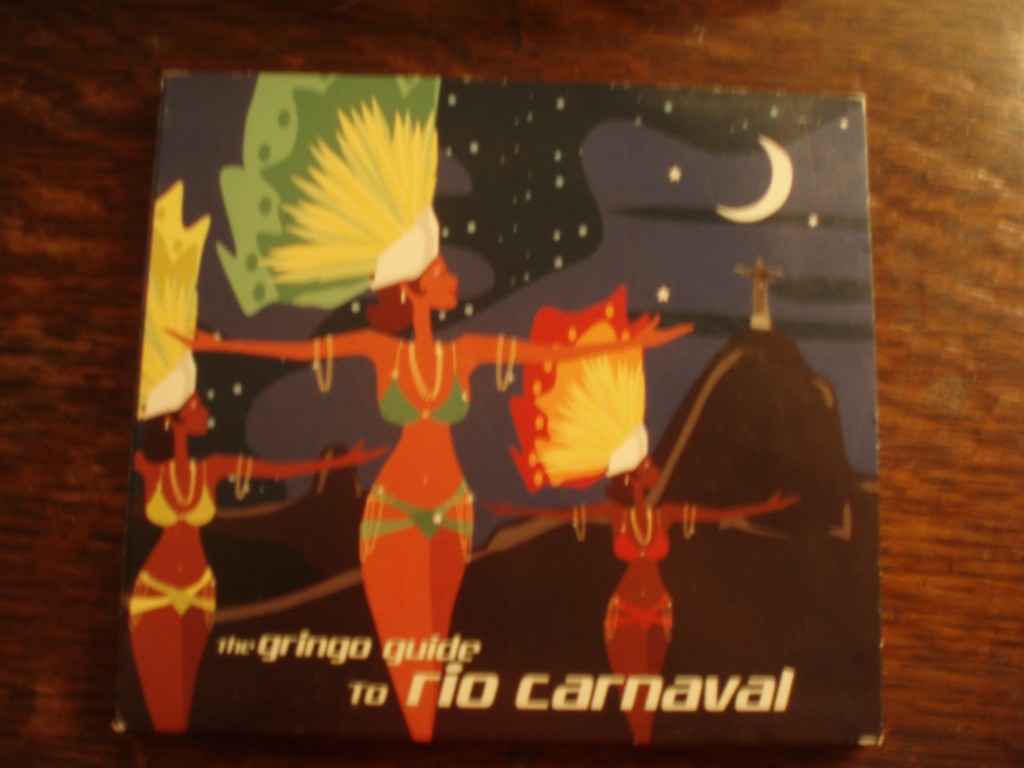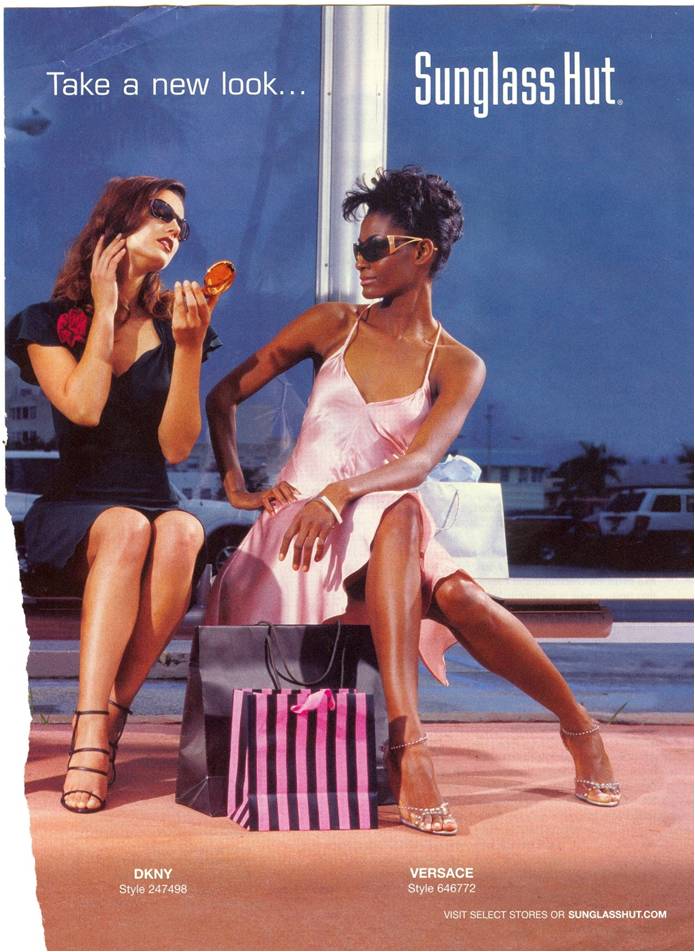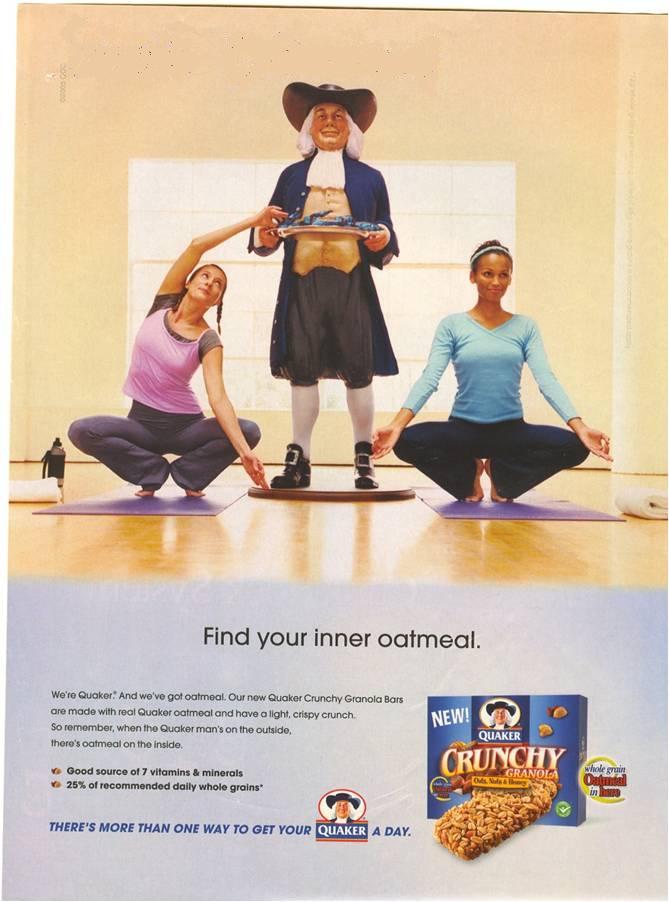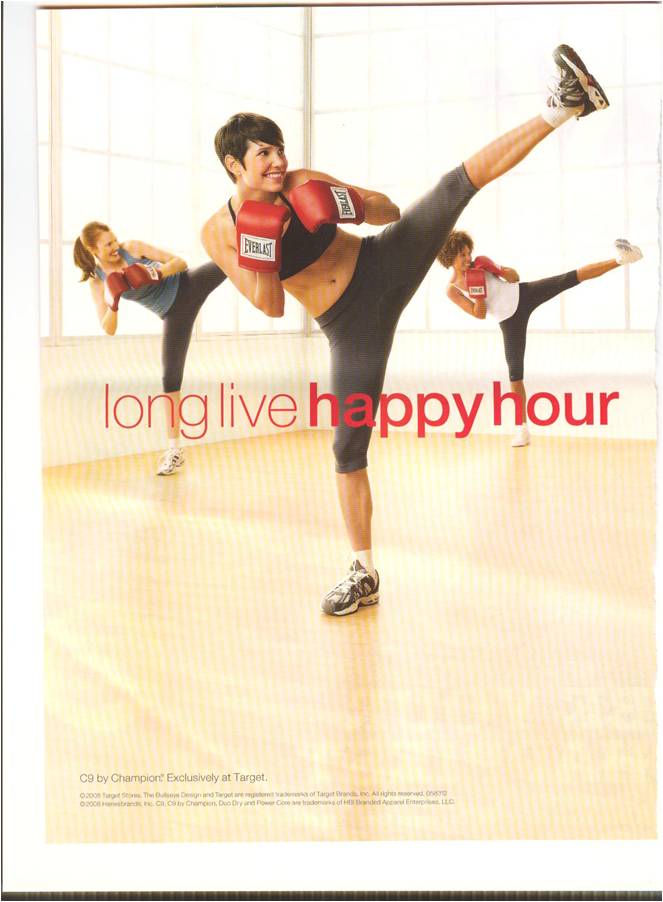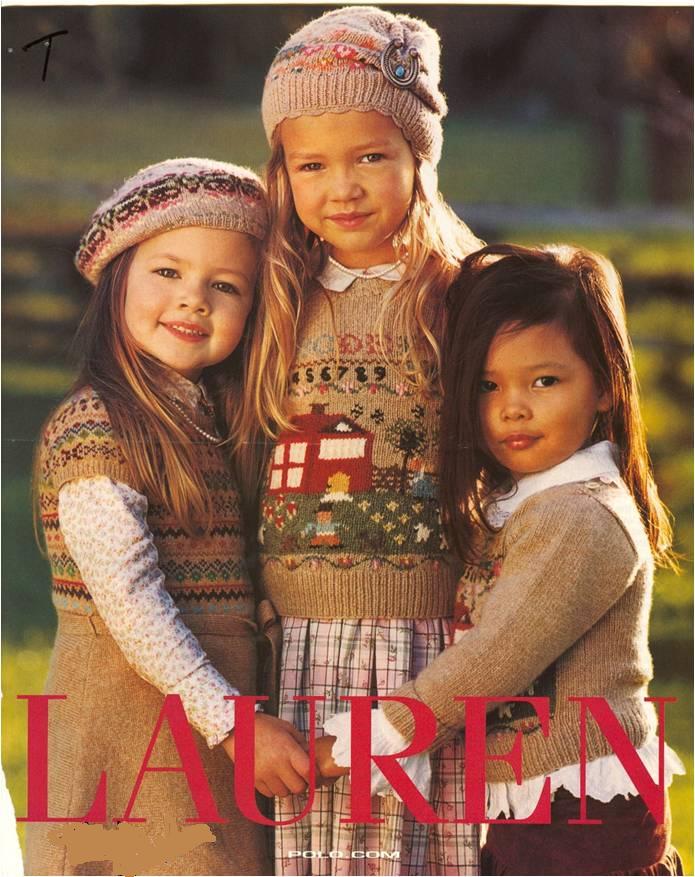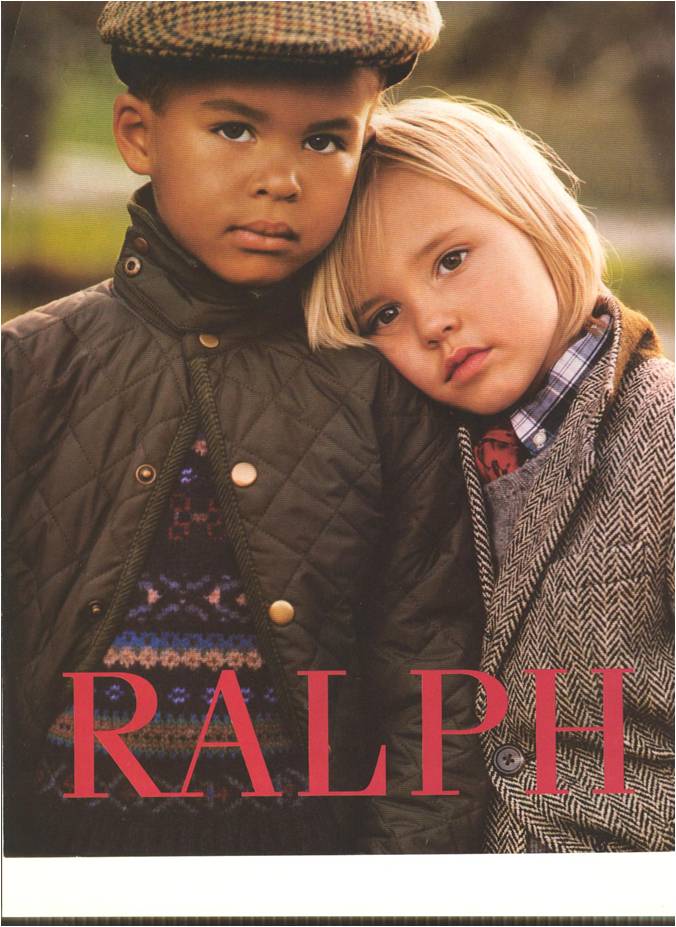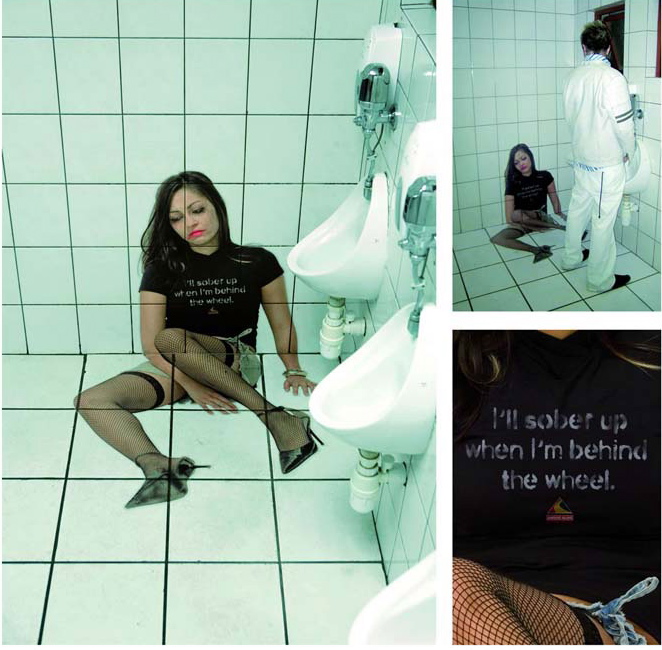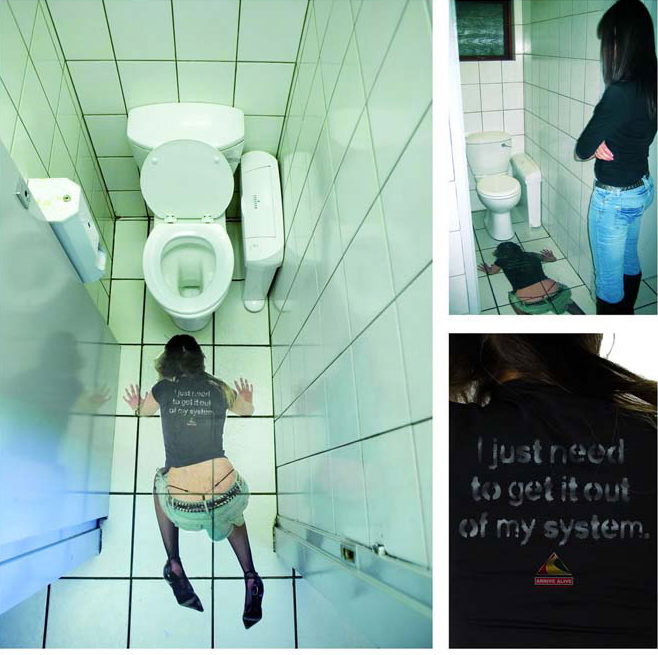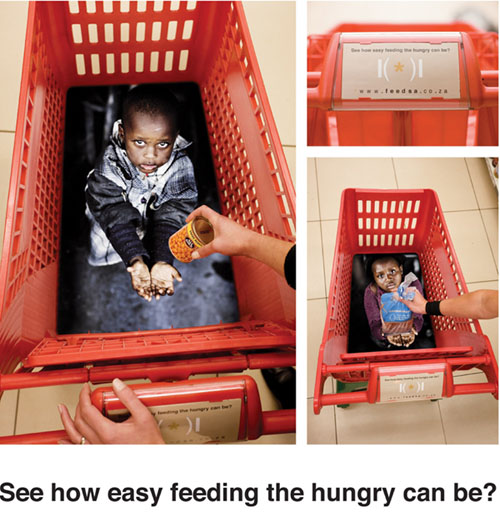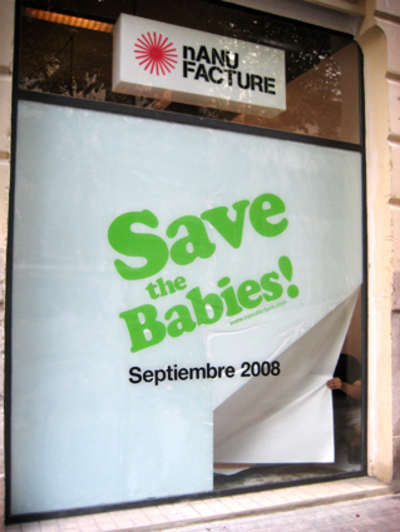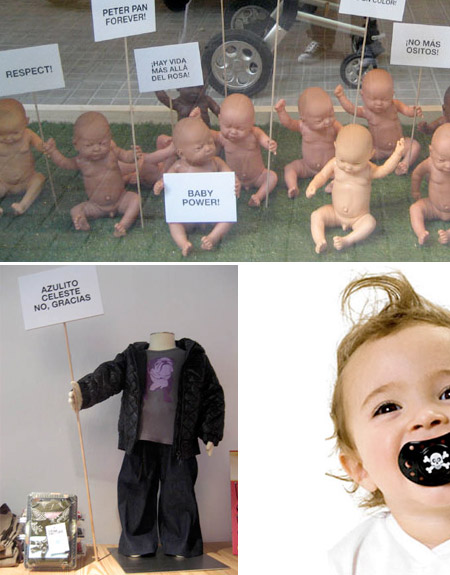Freud distinguished between a “mature” (vaginal) and “immature” (clitoral) orgasm, telling women that to require clitoral stimulation for orgasm was a psychological problem. Contesting this, in 1970 Anne Koedt wrote The Myth of the Vaginal Orgasm. She explains:
Frigidity has generally been defined by men as the failure of women to have vaginal orgasms. Actually the vagina is not a highly sensitive area and is not constructed to achieve orgasm. It is the clitoris which is the center of sexual sensitivity and which is the female equivalent of the penis… Rather than tracing female frigidity to the false assumptions about female anatomy, our “experts” have declared frigidity a psychological problem of women.
Indeed, studies show that about 1/3rd of women regularly reach orgasm during penile-vaginal sex. The rest (that is, the majority) require more direct clitoral stimulation. Koedt goes on (my emphasis):
All this leads to some interesting questions about conventional sex and our role in it. Men have orgasms essentially by friction with the vagina, not the clitoral area, which is external and not able to cause friction the way penetration does. Women have thus been defined sexually in terms of what pleases men; our own biology has not been properly analyzed. Instead, we are fed the myth of the liberated woman and her vaginal orgasm – an orgasm which in fact does not exist.
Koedt’s article was highly influential and rejecting the notion of the “vaginal orgasm” (both anatomically and functionally) was part of second wave feminism.
Still, the vaginal orgasm keeps coming back. During the ’90s, it came back in the form of the G-spot. You, too, can have a vaginal orgasm if you can just find that totally-orgasmic-pleasure-spot-rich-in-blood-vessels-and-nerve-endings-that-makes-for-wildly-amazing-orgasms-with-ejaculation that you, strangely, never knew was there! (See what Betty Dodson has to say about the g-spot here.)
Most recently, the vaginal orgasm has come back in the form of orgasmic birth. The idea is that women can, if they really want to, have an orgasm (or orgasms) during childbirth.
Now, I don’t want to argue that women never have orgasms from penile-vaginal intercourse. They do. I also don’t care to debate whether a g-spot exists. And I am certainly not going to look a mother in the face and tell her she did not have an orgasm during childbirth. I am sure some women do. (And, anyway, I get a kick out of thinking about such a mother telling her teenager the story of his birth, so I’m going to keep believing it is true).
Anyway, what I do want to do is discuss how the video below uses the idea of orgasmic birth to reinscribe the myth of the vaginal orgasm. The reporter says that orgasmic birth is just “basic science” and then turns to interview an M.D. The M.D. uses the vaginal orgasm as scientific evidence for the possibility of orgasmic birth. She says: obviously a baby would cause an orgasm when it comes out the vagina, since a penis causes an orgasm when it goes into the vagina. But, of course, it usually doesn’t. That last part isn’t “basic science,” it’s ideology (as Koedt so nicely points out).
I wonder how many women now feel doubly bad. Not only can they not have orgasms from penile-vaginal intercourse, they also experienced pain during childbirth! Bad ladies! Watch the whole 8-minute clip or start at 3:28 to see the interview with the M.D.:
Via Jezebel.


